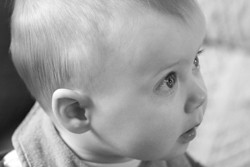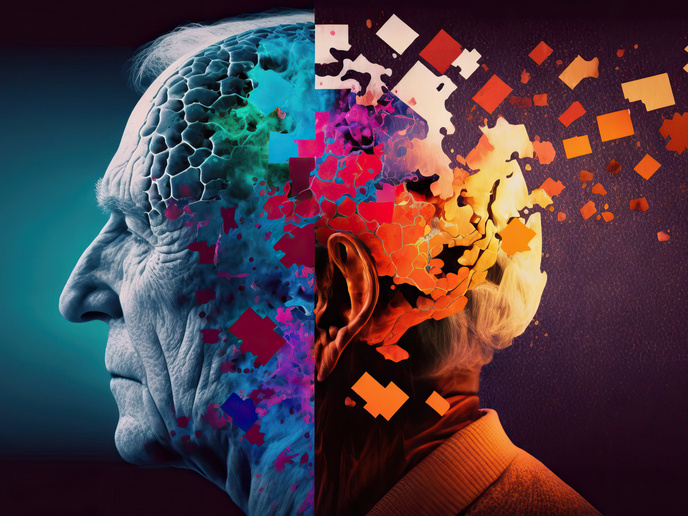The neonatal brain after injury
Approximately 60 000 infants are born every year with brain injury in the EU alone. Neonatal brain damage can occur as a result of hypoxic/ischaemic (HI) injury with potentially lifelong neurological disability and even severe disabilities, such as cerebral palsy. Hypothermia is a common treatment modality, which is effective only in moderate cases. There is an urgent need to develop therapeutic procedures for the prevention or treatment of perinatal brain lesions. With this in mind, the EU-funded NEONATAL HI INJURY project set out to delineate the developmental processes that influence the outcome of brain injury. Major focus was given to the inflammatory responses associated with neonatal CNS injury and especially the role of endogenous regulatory receptors. TREM2 is a receptor expressed on myeloid cells with an activating or suppressive function. Scientists found that TREM2 was expressed in microglia, the resident macrophages of the central nervous system, and its expression declined with development. TREM2 positive microglia co-expressed markers implicated in phagocytosis, strongly associating this receptor with brain inflammation and tissue damage. To precisely evaluate the inflammatory events in the brain following ischemic injury, researchers performed carotid occlusion to induce hypoxia in neonatal mice. They observed extensive injury and inflammation, and performed detailed analysis at the cellular and molecular level. They identified a number of cytokines with altered expression after injury. Results indicate a potential role for STAT3, a transcription factor in regulating the balance between pro- and anti-inflammatory cytokines. Moreover, TREM2 expression increased during the 72 hours after hypoxic/ischemic injury, suggesting an upregulation of phagocytic activity of microglia as an intent to reduce inflammation. Functional relevance of its increased needs additional experiments. Interestingly, when they looked at cognition and behaviour of injured animals, scientists discovered a gender bias which they aim to investigate further. Overall, the characterisation of the cellular responses in neonatal brain following injury will undoubtedly help in the design of improved therapies.







